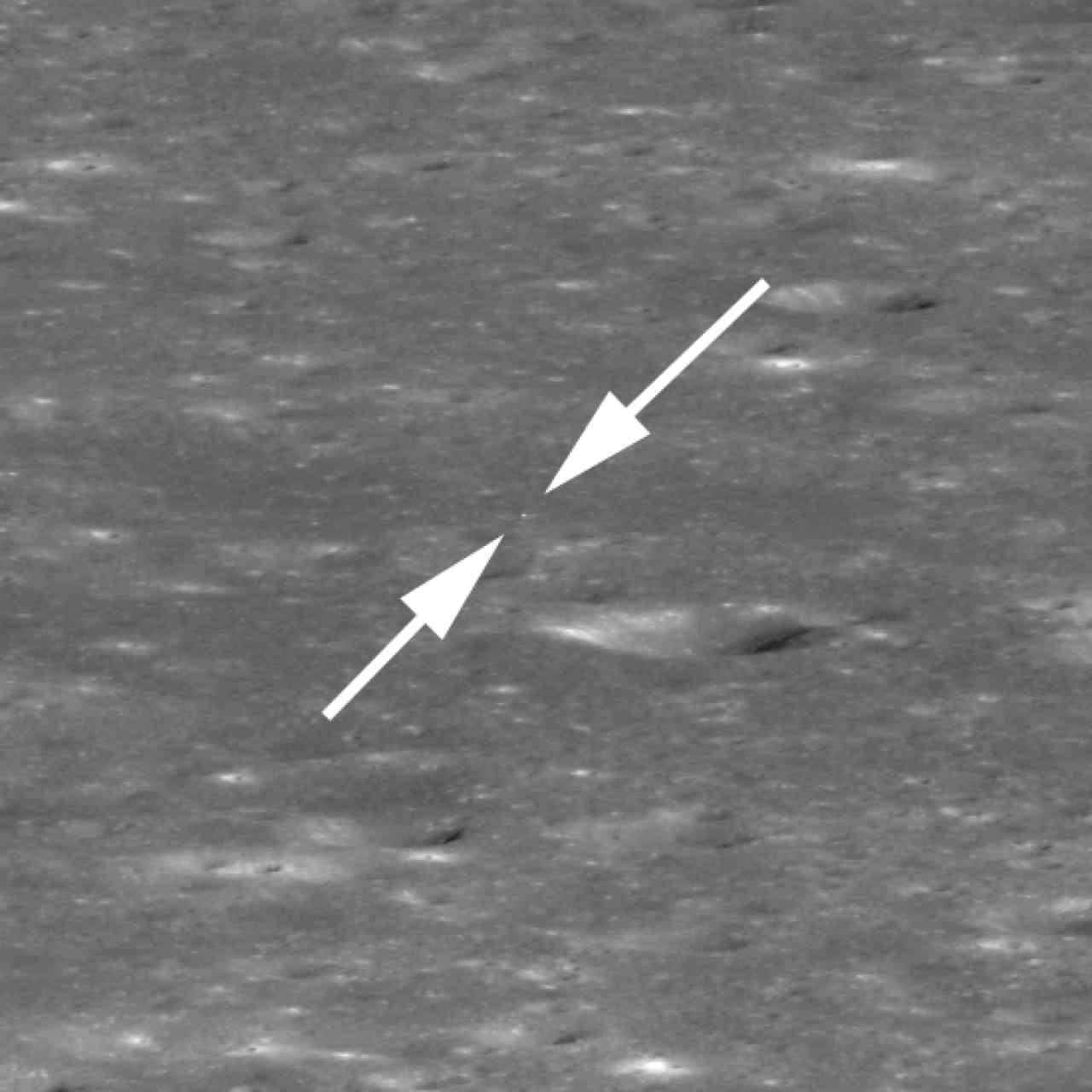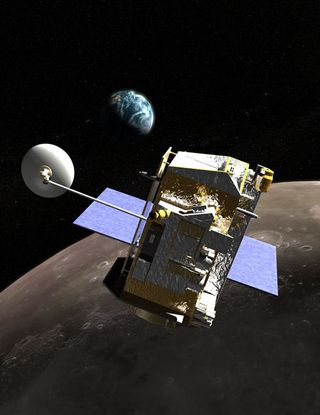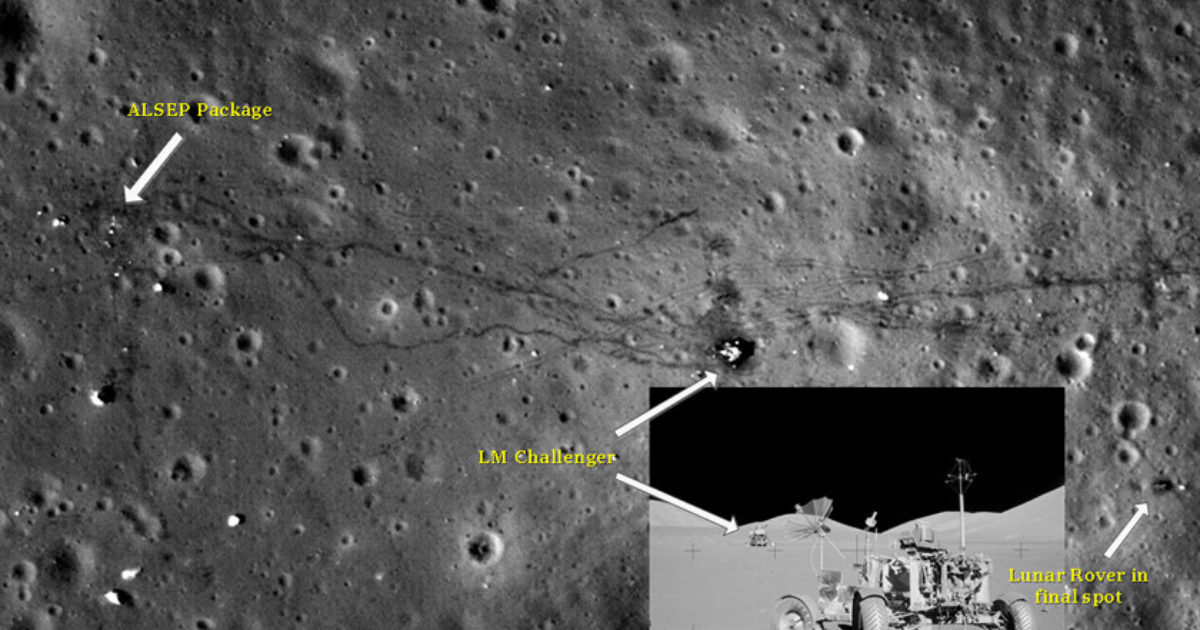

This event can be traced with the Apollo 8 Flight Journal, noting that launch was at 0751 EST or 12:51 UT on December 21. He used a 60 cm refractor telescope to observe a cluster of objects which were obscured by the appearance of a nebulous cloud at a time which matches a firing of the service module engine to assure adequate separation from the S-IVB.

Michael Moutsoulas at Pic du Midi Observatory reported an initial sighting around 17:10 UT on December 21 with the 1.1-metre reflector as an object ( magnitude near 10, through clouds) moving eastward near the predicted location of Apollo 8. Pic du Midi Observatory (in the French Pyrenees) the Catalina Station of the Lunar and Planetary Laboratory ( University of Arizona) Corralitos Observatory, New Mexico, then operated by Northwestern University McDonald Observatory of the University of Texas and Lick Observatory of the University of California all filed reports of observations.Oates) in the UK photographed a fuel dump from the jettisoned S-IVB third rocket stage. On December 21, 1968, at 18:00 UT, amateur astronomers (H.

Apollo 8 Īpollo 8 was the first crewed mission to orbit the Moon, but did not land. According to the group, in December 1972 a member "picks up Apollo 17 on its way to the Moon". Kettering Grammar School Ī group at Kettering Grammar School, using simple radio equipment, monitored Soviet and U.S. The missions were tracked by radar from several countries on the way to the Moon and back. Vasily Mishin, in an interview for the article "The Moon Programme That Faltered", describes how the Soviet Moon programme dwindled after the Apollo landing. The Soviet Union monitored the missions at their Space Transmissions Corps, which was "fully equipped with the latest intelligence-gathering and surveillance equipment". On later missions, NASA released information to the public explaining where third party observers could expect to see the various craft at specific times according to scheduled launch times and planned trajectories. Apollo missions tracked by independent parties Īside from NASA, a number of entities and individuals observed, through various means, the Apollo missions as they took place. It claims to have spotted traces of the Apollo landings and the lunar Rover, though the relevant imagery has not been publicly identified. Chang'e 2 Ĭhina's second lunar probe, Chang'e 2, which was launched in 2010 is capable of capturing lunar surface images with a resolution of up to 1.3 metres. The orbiter's image of Tranquility Base, the Apollo 11 landing site, was released to the public in a presentation on September 3, 2021. In April 2021 the ISRO Chandrayaan-2 orbiter captured an image of the Apollo 11 Lunar Module Eagle descent stage.

The terrain is a close match within the SELENE camera resolution of 10 metres.Ĭhandrayaan-2 image of the Lunar Module Eagle descent stage On the right is a 2008 reconstruction from images taken by the SELENE terrain camera and 3D projected to the same vantage point as the surface photos. On the left are two photos taken on the lunar surface by the Apollo 15 astronauts Augduring EVA 3 at station 9A near Hadley Rille. In 2008, the Japan Aerospace Exploration Agency (JAXA) SELENE lunar probe obtained several photographs showing evidence of Moon landings. Each of the countries mentioned in this section ( Soviet Union, Japan, China, and India) has its own space program, builds its own space probes which are launched on their own launch vehicles, and has its own deep space communication network. In this section are only those observations that are completely independent of NASA-no NASA facilities were used, and there was no NASA funding. This evidence provides independent confirmation of NASA's account of the six Apollo program Moon missions flown between 19. government (the first party), or the Apollo Moon landing hoax theorists (the second party). Third-party evidence for Apollo Moon landings is evidence, or analysis of evidence, about the Moon landings that does not come from either NASA or the U.S. The camera (near Conrad's right hand) is on display at the National Air and Space Museum Parts of Surveyor were brought back to Earth by Apollo 12. AS12-48-7134: Apollo 12 astronaut Pete Conrad with the uncrewed Surveyor 3, which had landed on the Moon in 1967.


 0 kommentar(er)
0 kommentar(er)
